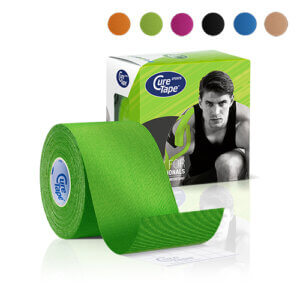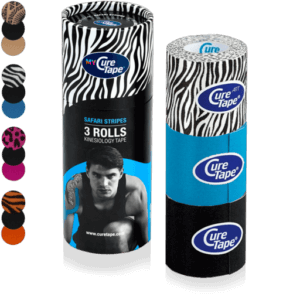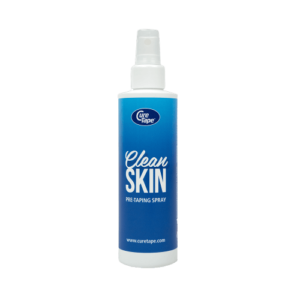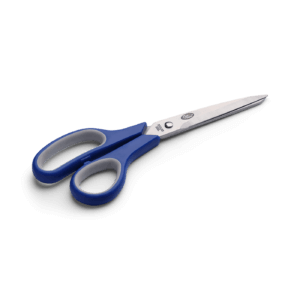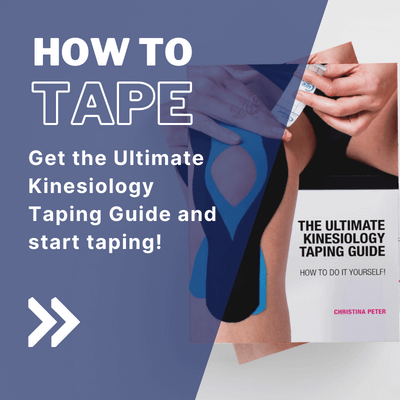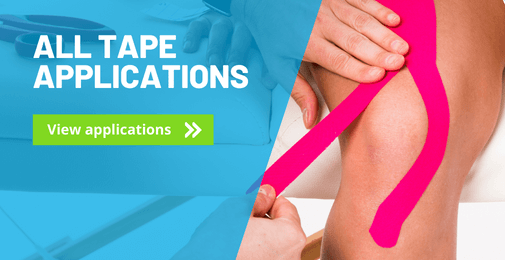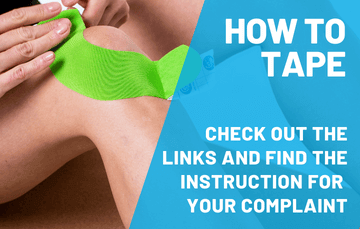Have you hurt your ankle recently and it’s hurting a lot? When you sprain your ankle, it means the outer part of your ankle gets stretched too much. This makes your ankle swell up and hurts, especially when you move around. In the first two days, it’s best to keep your foot cool and raised up, and try not to put too much weight on your ankle. You can also use a special tape called lymphatic tape to help with swelling and improve blood flow.
Once the swelling goes down, you can use another kind of tape called stabilizing ankle tape to support your ankle. These two methods make your ankle feel more secure, stable, and help you move better. If your ankle still hurts a lot after three days, it’s a good idea to talk to a therapist. Also, doing exercises that help balance and strengthen your muscles can make your ankle stronger in the long run and prevent more injuries.
Get started with these items to tape your ankle

Christina’s advice when taping your ankle
When you’re taping your foot, it’s crucial to use a kinesiology tape that sticks securely. Feet can get sweaty, and with all the movement, there’s a lot of friction. That’s why I recommend using CureTape Sports. This type of tape is specially designed to be extra sticky, 30% more than regular CureTape, ensuring that your tape stays in place for longer!
How to tape your ankle
Tips for Effective Ankle Taping:
- Make sure you understand what’s causing the pain or discomfort
- Check if there are any reasons why taping might not be a good idea.
- Before you start, read the instructions carefully.
- Choose a tape colour or print that suits your style!
- Round of all the edges to prevent peeling.
- Avoid stretching the tape at the beginning and end.
- Rub the tape firmly for better adhesion; warmth helps activate the adhesive.
- You can shower or swim with the tape on; just pat it dry gently afterward, avoiding vigorous rubbing.
- To remove the tape easily, use body or massage oil.
Preparation for taping your ankle
Tape
Shape: 1 customised I-Tape.
Number of strips: 1.
Technique: Correction technique (with a good stretch).
Measuring and cutting the tape
Step 1:
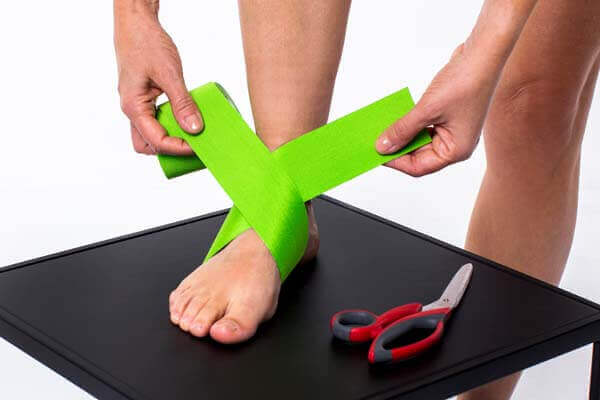
- Place the injured foot on a chair so that you can reach it easily. Avoid unnecessary strain.
- Measure the length of the tape from the top of the inside of the ankle, diagonally across the ankle joint, under the foot, along the ankle joint, and towards the outside of the ankle.
- Cut the tape approximately 5 cm shorter than you measured. The tape becomes longer because you use a stretch during application.
Applying the tape
Step 1:

Step 2:
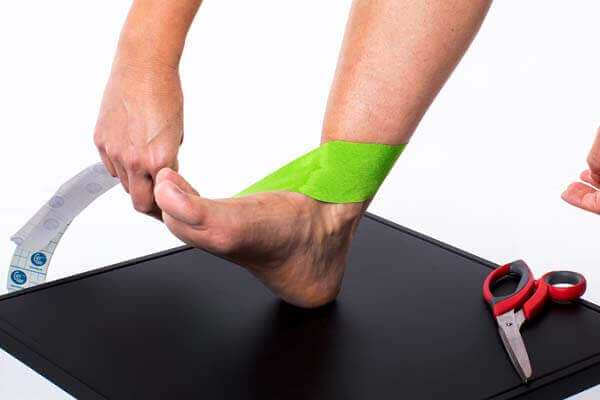
Step 3:
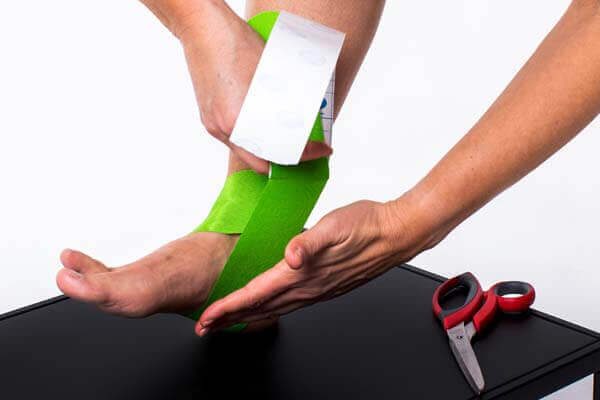
Step 4:

- Apply the base of the tape without stretching above the inside of the ankle and the inside of the shinbone.
- Apply the tape with a slight stretch across the ankle joint towards the outside of the foot.
- Slightly reduce the stretch, lift the foot and apply the tape under the foot.
- Finally, increase the stretch again and guide the tape over the ankle joint towards the outer part of the ankle. Attach the anchor above the ankle without stretching.
If the joint is very unstable, a second tape can be applied by slightly shifting the position of the tape, using the same application technique, largely over the first tape applied.
Learn how to tape
- 30 taping instructions for common injuries that taping can help you with
- 176 pages of clear written instructions
- 200 step-by-step instructions accompanied by photo’s, illustrations and scannable video’s through QR codes
What are you waiting for? Order your copy today!
*This book is intended for people who want to tape an injury or complaint themselves. If uncertain about the complaint, consult a physiotherapist.
THYSOL is the manufacturer of the kinesiology tape brand CureTape. As CureTape, we have been training and supplying professionals for almost 25 years. And consumers now know how to find us too! By manufacturing all our tapes in our own factory, we can guarantee the best quality!
Please note that the indicated tape applications and information on our website about the possibilities with kinesiology tape have not yet been scientifically proven. The statements and examples mentioned are based on long-term experiences of patients and trained therapists.
Contraindications not to tape: pregnancy, open wounds, broken bones, unexplained complaints, allergies and skin diseases, use of medication such as blood thinners, thrombosis and fever. Always apply tape in consultation with a specialist.

